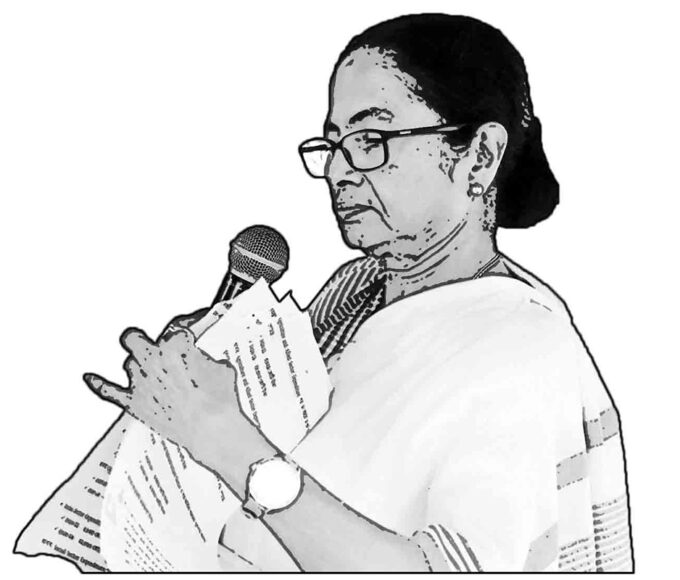As of February 15, 2018, the Government has issued over 117 crore Aadhaar cards with a countrywide coverage of over 89 per cent. In some of the States and Union Territories, such as Delhi, Goa, Chandigarh, Punjab and Kerala, the registration rate is over 100 per cent. The worst in terms of performances are the North-Eastern states of Assam, Meghalaya and Nagaland. Depending on which side of the fence–pro-privacy or anti-Aadhaar–you are on, it can be deemed to be a huge success or monumental malaise. But if there is one failure that was unanticipated, not-thought-through, it was in the area of governance, management, and continuation. The nodal agency, Unique Identification Authority of India (UIDAI), should have known that the real problem is invariably post-issuance management. At any given point in time, 10-20 per cent of the card holders will require changes–change of names due to marriage, new cards due to births, and change of address in an ever-migrating ecosystem. The authority seems totally unprepared to deal with such changes in 20-25 million Aadhaars on an annual basis. The number of branch offices for changes are limited even in Delhi, the nation’s capital. Queues are common; people line up at 5 a.m. reminding one the old ‘Socialist’ days of the 1970s. Government servants at UIDAI branches are ‘lazy’ or ‘uninterested’ and citizens have to make frequent visits. The issue has more critical after the Government has insisted on linking Aadhaar with almost everything– PAN, bank account, mobile number, subsidies, etc.
- Cover Story
- Governance
- Globe Scan
DiplomacyGlobe ScanLift the sanctions and deal with new Syria: Ahmad Sharaa
ByTN ASHOKDecember 21, 2024- Corruption
- State Scan
- Talk Time
Recent Posts
© Copyright 2007 - 2024 Gfiles India. All rights reserved powered by Aerial Infotech.Bric a BracUIDAI falls flat on its feet
aadhaar updation too slow
TeamMarch 9, 20181 Mins read1.1k Views

Recent Posts
Related Articles
Bric a BracKingmaker needs flesh
Written by Team It is quite intriguing to observe how politicians become Cabinet...
ByTeamMay 5, 2020Bric a BracDharavi Goldmine
Written by Team Dharavi. The moment one hears the name, a picture of...
ByTeamMay 5, 2020Bric a BracCPM : Let Mamta be defeated first !
Written by Team West Bengal Chief Minister Mamata Banerjee is in a fix...
ByTeamMay 5, 2020Bric a BracFinally, BJP needs media
Written by Team NDA 3 or Modi 2.0 has completed one year but...
ByTeamMay 5, 2020 - Governance

































































